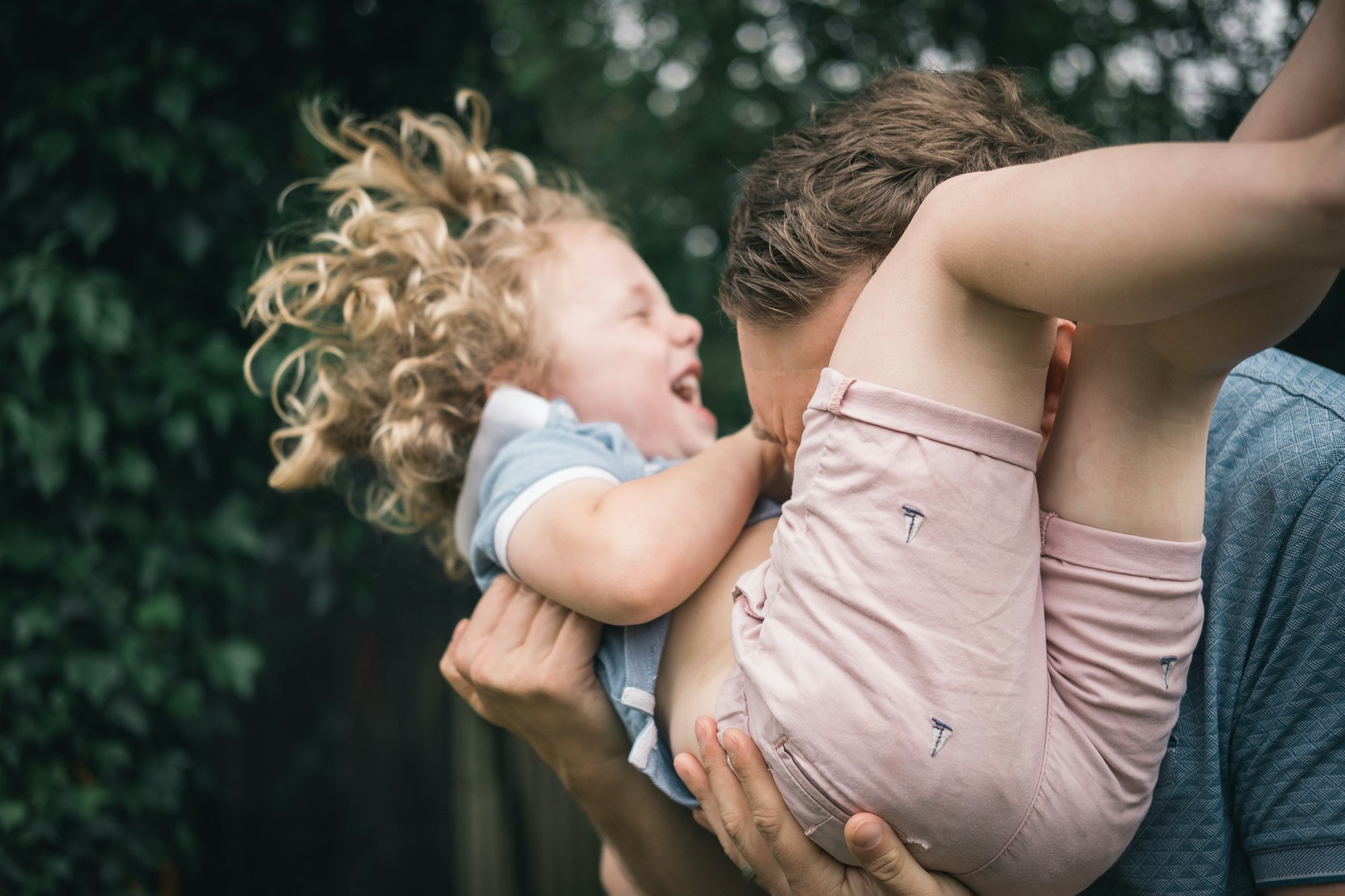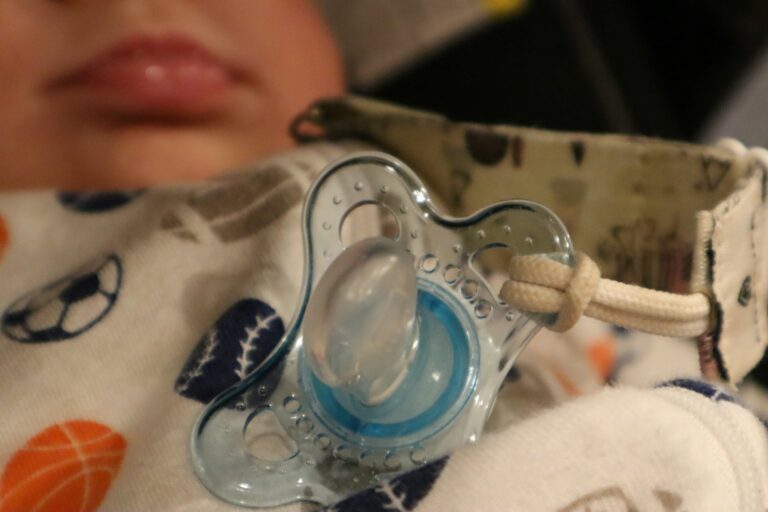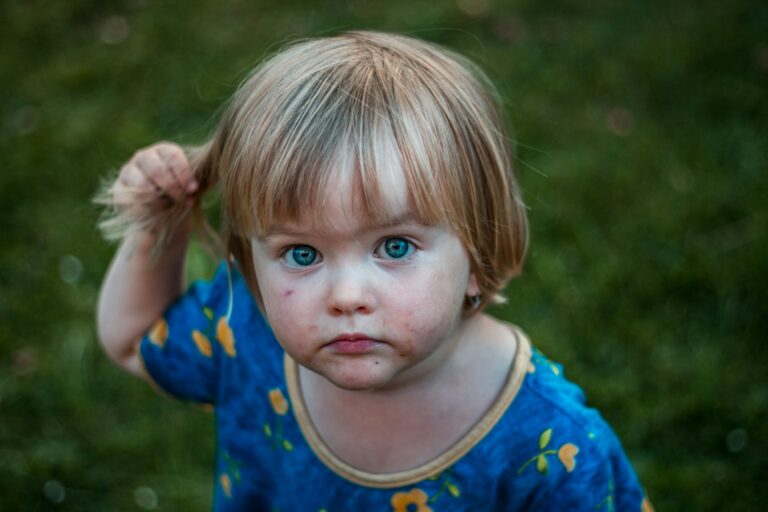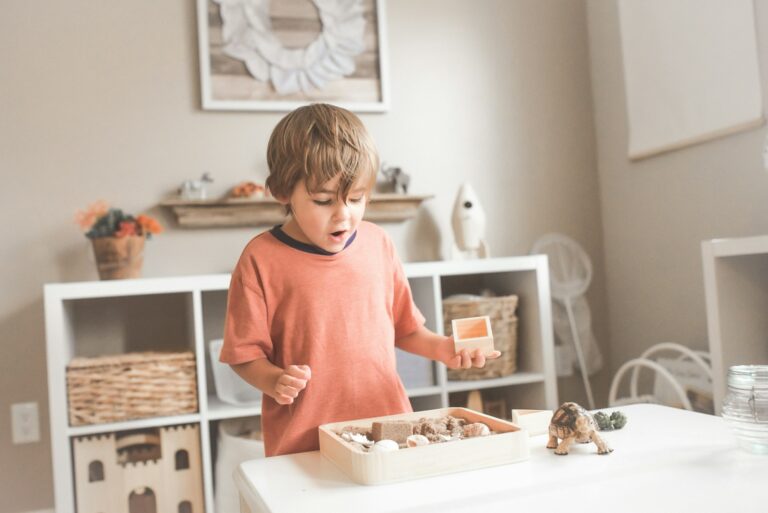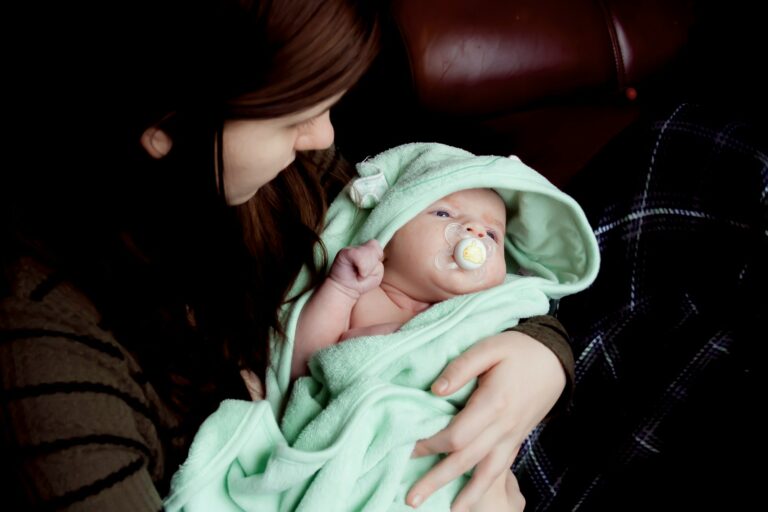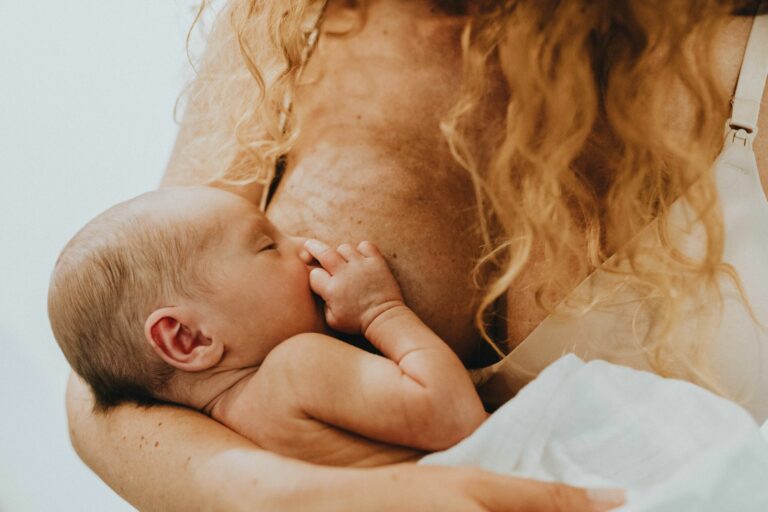The journey of potty training baby sparks as many questions as it does milestones. Bleary-eyed parents may wonder: Is now the right time? Should I feel worried if my toddler shows little interest? And what about nighttime dryness or that sudden resistance after things seemed to be progressing? Coming face to face with accidents and uncertainty, you might find yourself scanning for signs—subtle clues that the moment for change has come. Potty training baby stands as a significant developmental stage, laced with medical nuances and shaped by your child’s unique emotional and physical progression. Here’s a deep dive into readiness signals, neurological and physiological underpinnings, real-world techniques, and the balanced wisdom that lightens this sometimes daunting path.
Understanding Readiness: The Science Behind Potty Training Baby
Ready to ditch diapers? Not so fast. The transition to a potty isn’t just about imitating adults or marking a birthday—physiology and neurology play leading roles here.
Medical experts agree, bladder control and bowel control hinge on the maturation of the central nervous system. Voluntary sphincter control develops gradually, often between 18 months and 3 years. Consider these readiness signs as physiological and behavioral green lights:
- Expressing interest in the bathroom or watching parents use the toilet.
- Alerting you when diapers are wet or dirty.
- Staying dry for two hours or more.
- Seeking privacy to pass stools.
- Demonstrating gross motor milestones—like alternating feet on stairs—hinting at neurological development.
- Understanding directions and managing basic dressing.
If family stress, illness, or major changes are at play, postponing is preferable. Forcing the issue—or expecting instant results—can generate anxiety or, in some cases, contribute to medical problems such as constipation or withholding. Pediatricians advocate for a patient, supportive approach, focused on your child’s cues.
Early Involvement: Building Awareness and Autonomy
The groundwork for potty training baby starts long before that first triumphant flush. Even in infancy, habits and attitudes form.
Why not transform changing time into a mini health lesson? Allowing your baby to handle clean wipes or diapers can gently foster toileting awareness—a term referring to recognition of bodily needs and processes. Over time, standing diaper changes, especially for urine, encourage an active role. Removing diaper tabs, disposing of the diaper, wiping (with your help), and even pulling up pants all boost both independence and fine motor coordination—skills that segue directly into potty milestones.
The concept here is straightforward: toileting is a part of self-care, not a power struggle nor a performance for praise. By involving your baby from the outset, pressure dissolves, and bathroom rituals become familiar, not foreign or intimidating.
The First Steps to the Potty: Choice Meets Routine
Introducing the potty is more than just setting out a colorful plastic seat. Consider involving your child in the selection process—allowing them to choose the potty or underwear infuses pride and bolsters motivation, an effect documented in studies of childhood autonomy.
Potty location matters more than you might expect. Bathrooms provide privacy and cue appropriate behavior better than living rooms or play areas. Observational learning—the notion that children learn by watching adults—applies here. When appropriate, let your child see family members use the toilet. This models social behavior and demystifies the process.
To make the process playful without confusion, try using a potty chair for dolls or stuffed animals, but clarify that the real potty is not a toy. Transition from sitting on the potty clothed to actively using it—incremental exposure builds comfort without creating stress.
Routine serves as the backbone: offer bathroom visits after meals, naps, before baths, and at bedtime. Use simple, consistent words for bodily functions, as clarity reduces anxiety and fosters communication.
Handling Accidents and Celebrating Wins
Parents, brace yourselves: accidents will happen. The important thing? Your reaction. Calm reassurance (“It’s okay, everyone has accidents”) anchors self-esteem and prevents shame. The biological learning curve for potty training baby is steep, but each step matters. Positive feedback—praise for sitting on the potty, keeping underwear dry, or even communicating the urge—enhances motivation and encourages repeat success.
Refrain from punishments, shame, or overt frustration. Research correlates negative emotional responses with regression or resistance. Each stumble is simply a step toward autonomy.
Creating the Right Environment: Clothing, Timing, and Consistency
Ever tried wrestling a toddler out of complicated overalls when they suddenly declare, “I need to pee”? Elastic waistbands, simple underwear, and easy-on, easy-off clothes are your allies. Let your child practice dressing and undressing—this promotes practical independence and minimizes stress.
Parents often ask if there’s an “ideal” training season. Warmer months or calm, routine-driven vacations can make potty training baby less stressful and more successful. Relaxed settings encourage attention to bodily sensations rather than distraction or resistance.
Methods: Elimination Communication, Routine Training, and Intensive Approaches
“Which potty training method is best?” You might have heard whispers about three-day boot camps or elimination communication. Here’s the breakdown, so you can make an informed choice:
- Elimination Communication (EC): This method hinges on close observation. By watching for signs—facial expressions, gestures, grunts—you offer the potty at key moments from infancy. While EC can shift potty training baby to an earlier age, it demands parental vigilance.
- Parent-Led Training: Around 18–36 months, establish routines and use visual tools (charts, books). Consistency is more important than speed, and each attempt is a teaching moment.
- Three-Day Method: Ditch diapers and dedicate a weekend to close monitoring. Lots of opportunities, encouragement, and a ready mop. Not every child is ready for this intensity; some thrive while others find it overwhelming.
No single path fits all. What matters is pacing, positive communication, and observing your child’s comfort and progress—medical professionals insist on flexibility as a safeguard against emotional setbacks and physiological stress.
Daytime and Nighttime Potty Training: From Dry Naps to Sleep-Time Success
Achieving dryness when awake is just one layer. Nighttime bladder control requires an even more mature interplay of hormonal regulation (antidiuretic hormone patterns), bladder capacity, and nervous system readiness.
When is the right time to try nighttime potty training baby? Wait until your child wakes most mornings with a dry diaper. Use waterproof mattress covers and keep the path to the bathroom safe and well-lit.
Introduce a pre-bedtime potty visit, and reassure your child that calling you at night is okay. Remember: medical evidence shows many children aren’t reliably dry at night before ages 4 or 5. There’s an enormous range of normal. A dry nap diaper often precedes nocturnal dryness—shift gradually, always reinforcing with praise. Persistent wetting past age five (nocturnal enuresis) warrants a pediatric consultation for reassurance or intervention.
Potty Training Baby During Outings: Strategy and Support
The first trip to the park without diapers? Nerve-wracking, perhaps, but not impossible. Maintain routines outside the home by immediately showing your child each new bathroom, planning regular breaks, and carrying extra clothes and cleaning supplies.
A portable potty or seat reducer can demystify public facilities and sustain confidence. Expect accidents and focus on the next opportunity rather than the mishap itself—psychological research finds children progress faster when parents normalize accidents without overreaction or discouragement.
Longer journeys pose additional challenges: travel potties, disposable seat covers, and a well-equipped cleaning kit will serve you well. Adapting your strategy reinforces skills and mitigates anxiety, both for you and your child.
Overcoming Challenges: Resistance, Regression, and Constipation
Potty training baby doesn’t always proceed linearly. Resistance is common when a child feels pressured, uncertain, or simply not ready. Gentle offers, without insistence or negotiation, bypass power struggles. Let your child maintain bowel movements in a diaper if that avoids constipation or distress—forcing the issue risks withholding, which can precipitate painful, chronic constipation.
Life events—moving, new siblings, or changes in caregivers—almost inevitably bring setbacks. Regression is a normal part of psychological adjustment; support and routine are your best tools.
Constipation should be addressed with increased dietary fiber (whole grains, fruits, vegetables), regular fluids, and, if persistent or painful, consultation with your pediatrician. Painful bowel movements can create negative associations and prolong potty training baby unnecessarily.
Unique Families, Unique Paths
Every child, and every family, travels this journey at their own pace. While some studies note minor sex-based differences—girls sometimes achieve independence slightly earlier than boys—individual readiness and personality matter far more.
Raising multiples means coordinating but not conflating their readiness signals. For children with developmental or physical challenges, targeted strategies and professional involvement ensure success. Flexibility, patience, and close observation allow your child to feel safe, no matter the context.
Around the globe, cultural attitudes vary: early, cue-based training is routine in some countries, while child-led, later training prevails elsewhere. There’s no universal timetable—just the one that fits your family, your child, and your values.
Signs of Progress and Celebrating Milestones
What does progress look like during potty training baby? Look for:
- Expressing or signaling the urge to go.
- Staying dry for stretches.
- Managing clothing independently.
- Using the potty with less prompting—self-initiation marks advancing maturity.
Celebrate with words, hugs, and sometimes a small sticker—material rewards are optional. What counts is fostering autonomy, not compliance.
When to Consult a Health Professional
Always keep a keen eye on medical signs during potty training baby. Persistent constipation, straining, blood in stool, pain with urination, or recurrent urinary tract infections (characterized by fever, irritability, or foul-smelling urine) merit prompt attention. If your child shows emotional distress, avoids all voiding, or lacks interest past age three, a conversation with your pediatrician brings reassurance and, when needed, medical support.
Routine health visits present opportunities to discuss progress—use your pediatric team as partners in your child’s development.
Sustainable and Supportive Practices
Cloth diapers or early potty training baby routines can support sustainability, reducing environmental impact by limiting disposable waste. Consistency among caregivers is vital: share routines, language, and signals so your child receives unified support regardless of setting—be it home, daycare, or with relatives.
Pause when setbacks arise; resume when things feel more settled. Above all, foster a sense of security and positivity—emotional safety smooths the process for child and parent alike.
Key Takeaways
- Potty training baby is a journey rooted in biological and neurological maturation; readiness trumps timelines.
- Involve your child from the earliest stages—active participation builds awareness and confidence.
- Choose the approach that suits your family’s rhythm, whether elimination communication or routine-based methods.
- Consistency, clear routines, and a supportive attitude are your best tools.
- Mistakes and accidents are normal—calm reassurance fosters resilience and self-esteem.
- Watch for red flags: persistent constipation, pain, emotional struggles, or lack of progress by age three deserve professional guidance.
- Flexibility and patience make for a smoother ride—each child’s path is unique.
- Many resources and health professionals can provide reassurance and strategies along the way. For personalized advice and free child health questionnaires, you can also explore the Heloa app.
- Celebrate every small win—the journey to potty independence is as much about emotional growth as it is about physical mastery.
Questions Parents Ask
Can you start potty training a baby before 12 months?
Early potty training can spark curiosity, mais il importe de savoir que la plupart des enfants ne sont pas encore physiquement ou émotionnellement prêts avant 18 mois à 3 ans. Les capacités comme la maîtrise des sphincters et la communication des besoins se développent progressivement. Certains parents tentent l’Elimination Communication dès la naissance, mais cela demande une grande disponibilité et beaucoup d’observation. Si vous choisissez cette approche très précoce, encouragez la bienveillance et la patience : l’acquisition de la propreté reste un apprentissage naturel, propre à chaque enfant.
How do I know if my baby is ready for potty training if they can’t talk yet?
Rassurez-vous, la parole n’est pas indispensable pour entamer ce processus. Beaucoup de jeunes enfants signalent à leur façon, avant de pouvoir parler, qu’ils sont prêts. Observez si votre enfant reste sec plus longtemps, s’il montre de l’intérêt pour la toilette ou cherche à imiter les adultes. Souvent, certains gestes, regards ou comportements répétitifs (se cacher pour faire ses besoins, toucher sa couche, etc.) révèlent leur compréhension corporelle. Vous pouvez encourager ces signes en nommant simplement ce qui se passe, pour aider votre enfant à associer ses ressentis à des mots, petit à petit.
Further reading:

